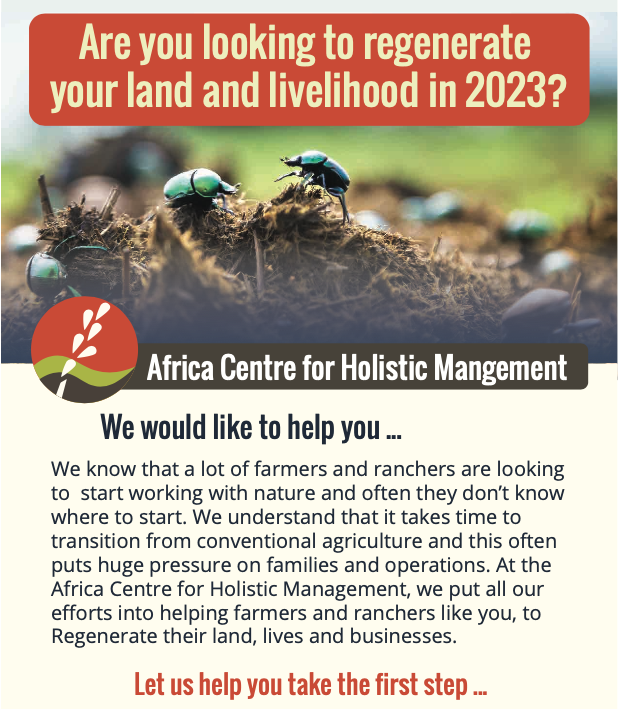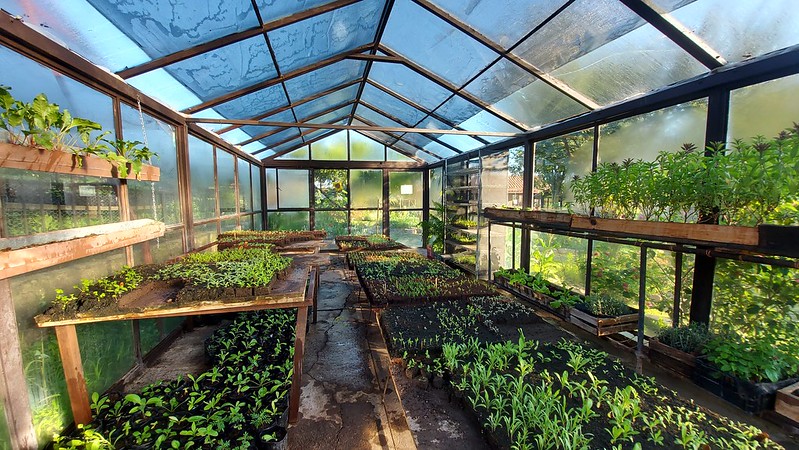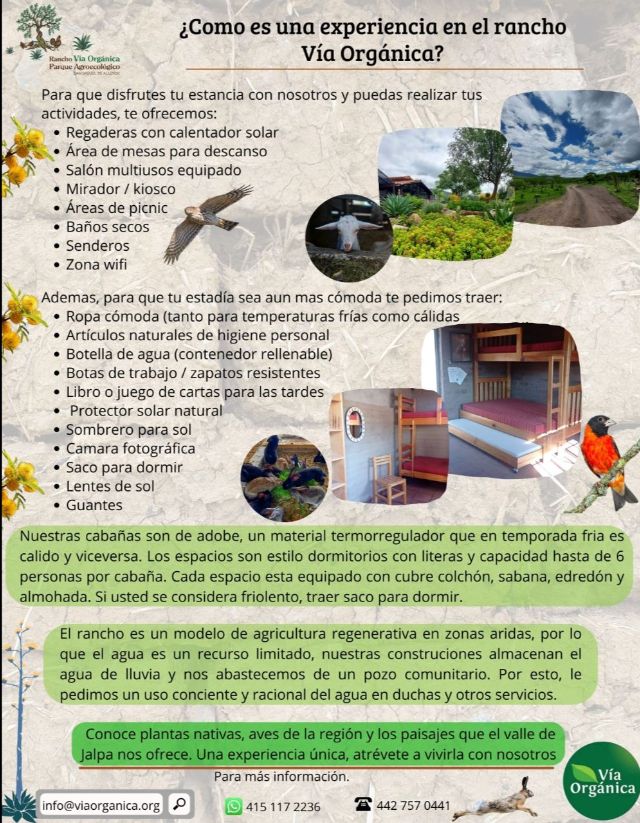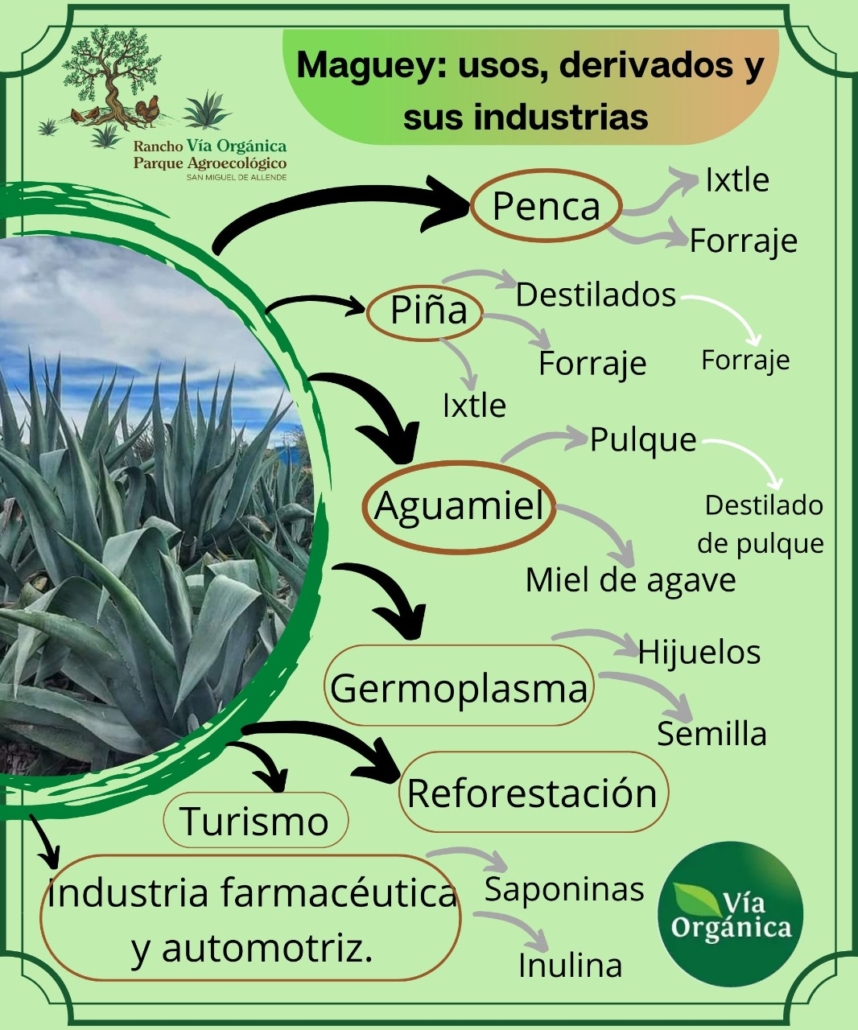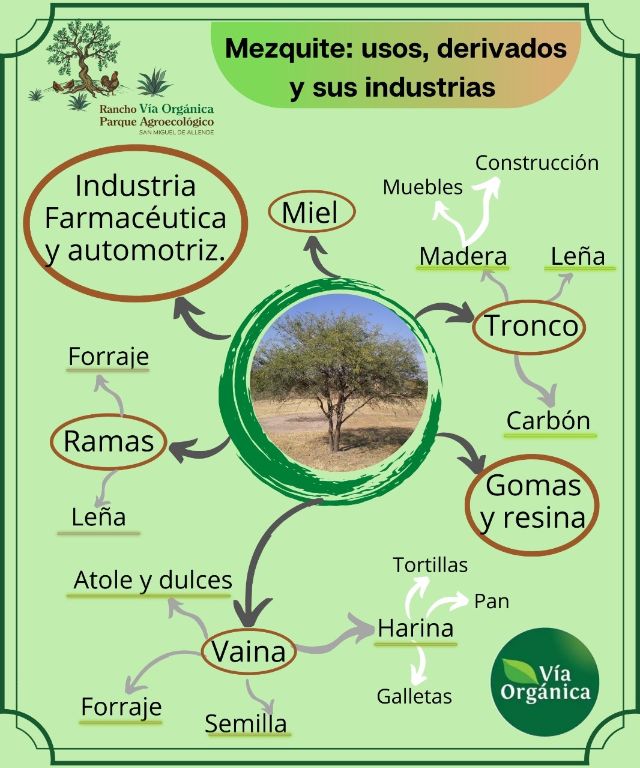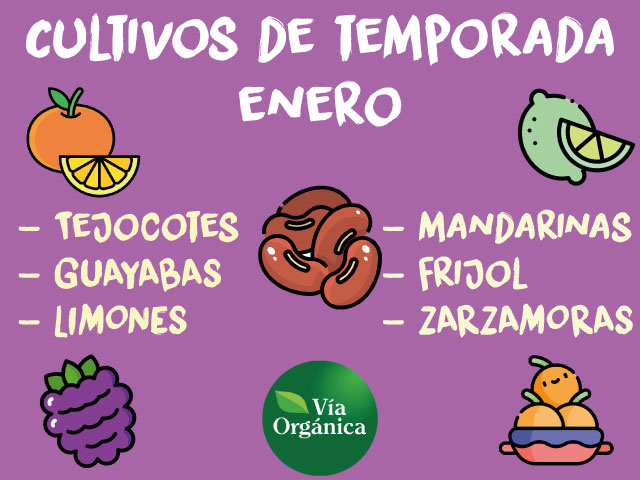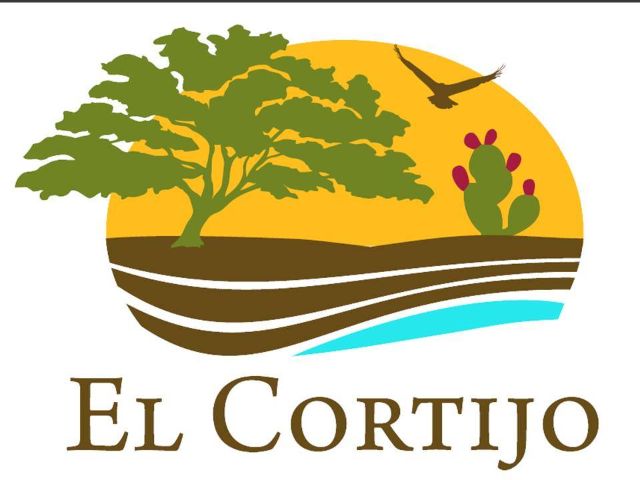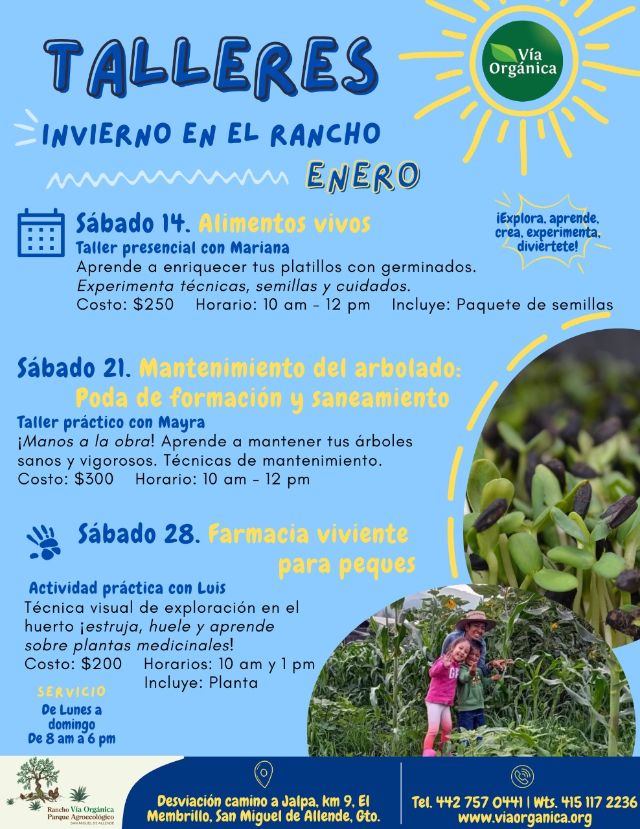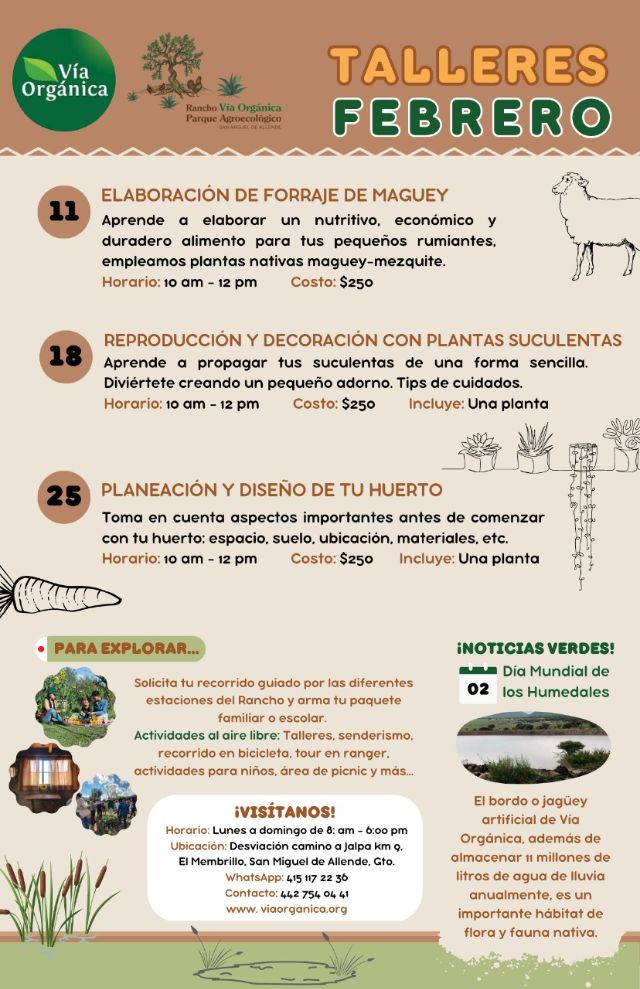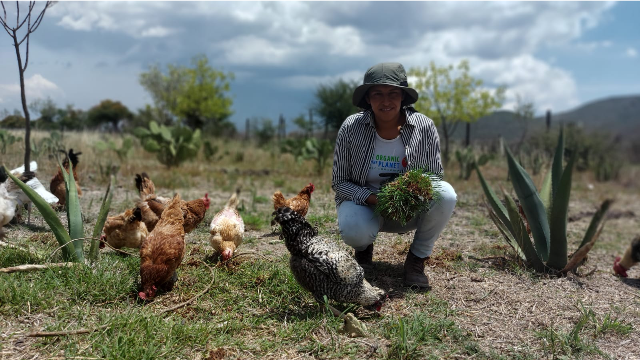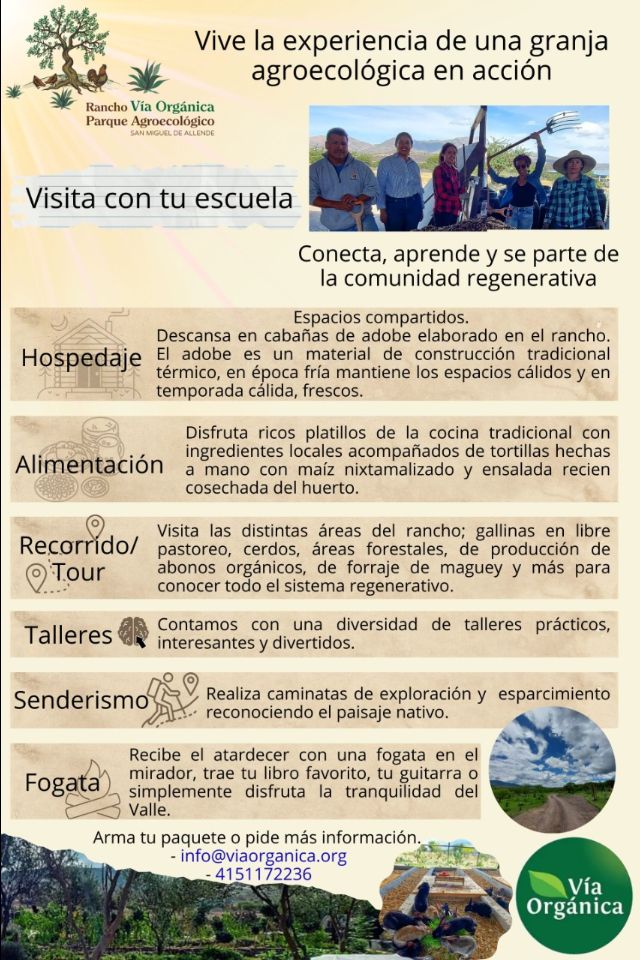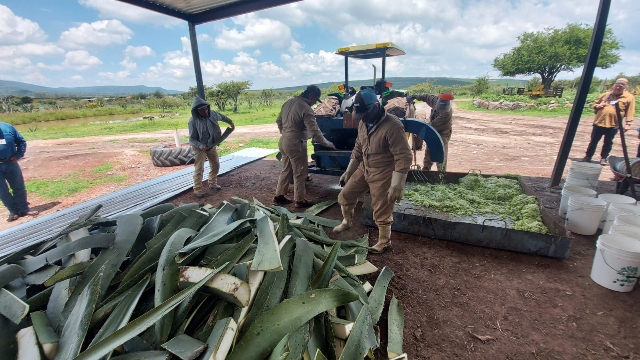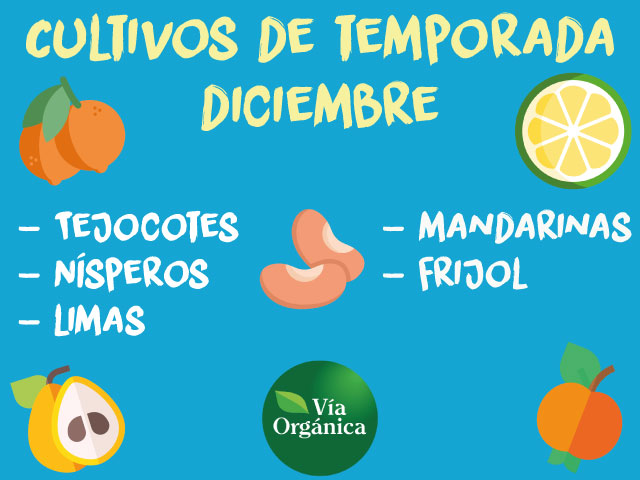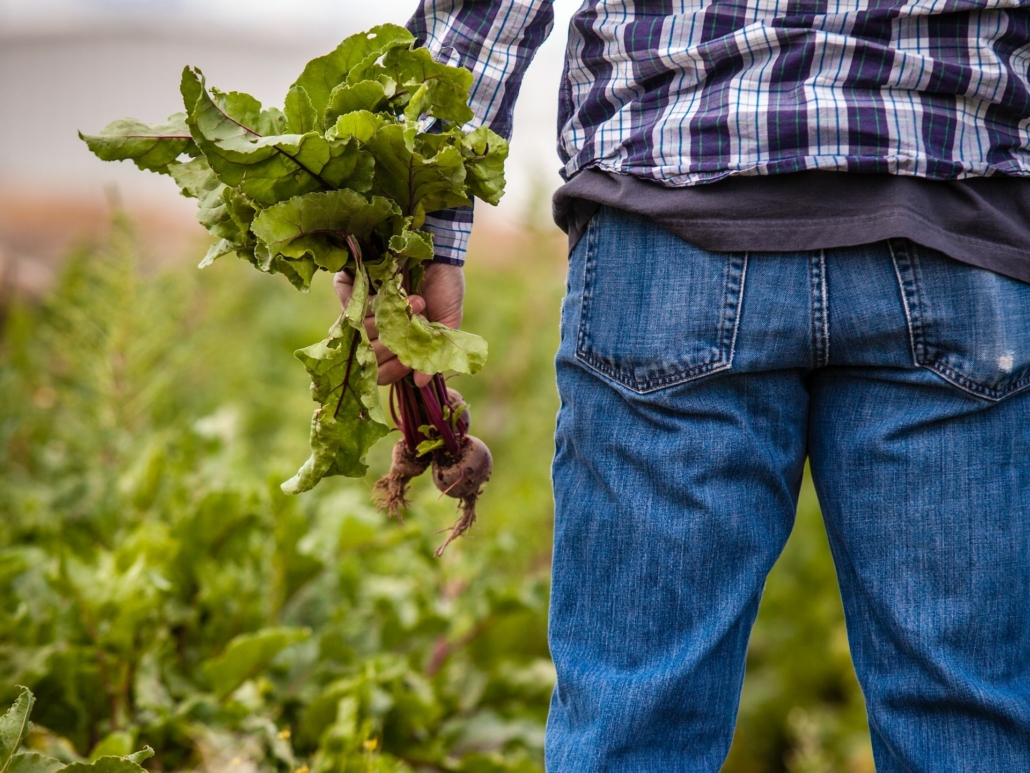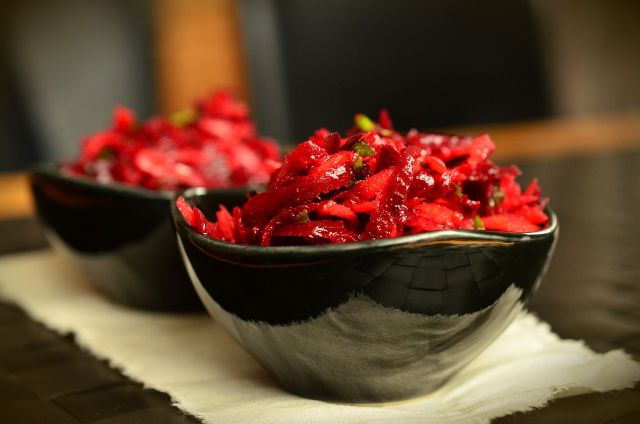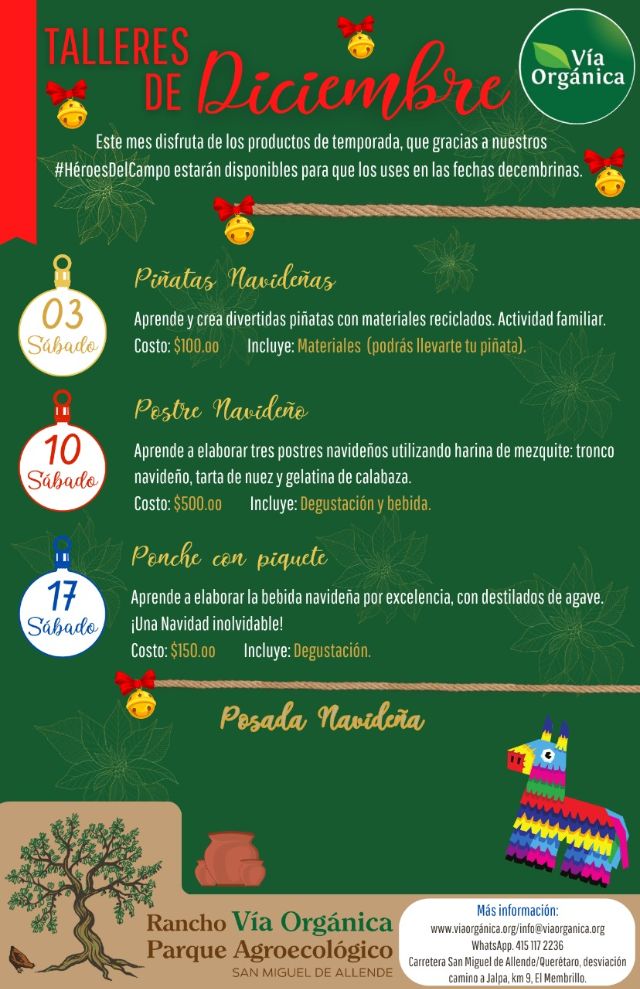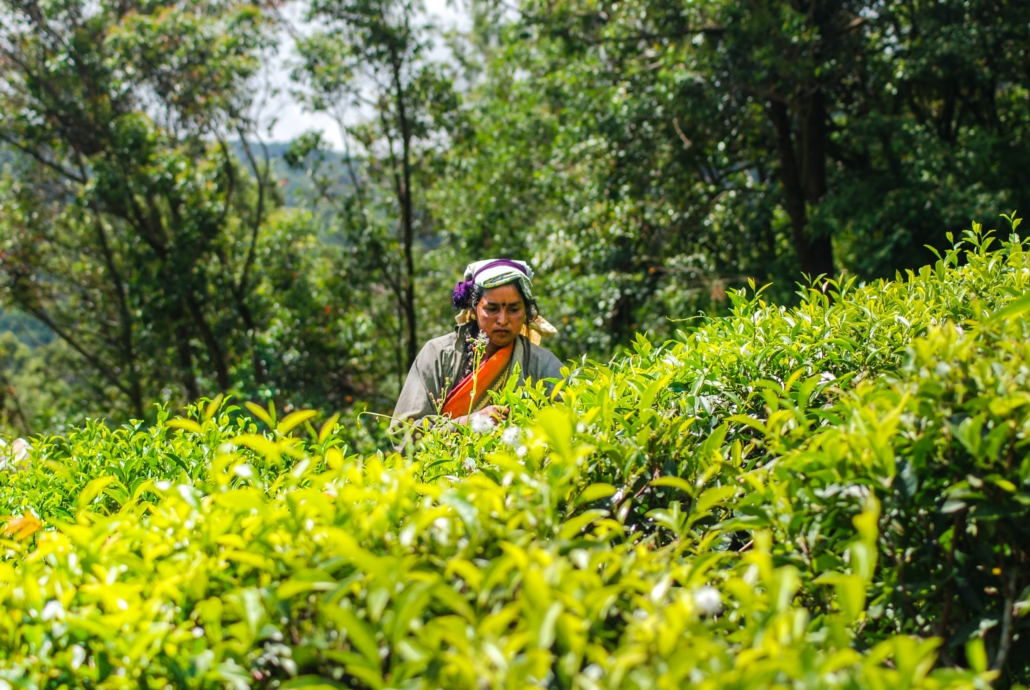The Science-based Evidence to Ban Glyphosate and GMOs
The U.S. Bullies Mexico over its Sovereign Right to Ban Glyphosate and GMO Corn
Mexico announced that it was phasing out the use of glyphosate herbicides, the cultivation of GMO corn, and the import of GMO corn for human consumption and livestock feed by the end of 2024. The reasons for the decree given by Mexican president Andrés Manuel López Obrador are to protect the health of Mexico’s consumers and small-scale farmers, the environment, and the purity of Mexico’s native corn varieties.
The decree states, “With the objective of achieving self-sufficiency and food sovereignty, our country must be oriented towards establishing sustainable and culturally adequate agricultural production, through the use of agroecological practices and inputs that are safe for human health, the country’s biocultural diversity and the environment, as well as congruent with the agricultural traditions of Mexico.”
Bayer-Monsanto and Dow have since launched 43 lawsuits in Mexico attempting to overturn the presidential decree.
The GMO/pesticide cartels fearing that Mexico will set a precedent for other countries to enact similar restrictions, are puppeteering agencies and officials within the U.S. government to pressure Mexico to abandon its plans. This is not the first time the German-based Bayer-Monsanto has used its captured U.S. government officials and agencies to act on its behalf. In 2019, the corporation succeeded in using U.S. officials to pressure Thailand into reversing its ban on glyphosate.
According to Reuters, the new U.S. agriculture trade chief, Doug McKalip, has given Mexico until February 14 to respond to the U.S. demand to justify the science behind the ban on CMO corn and glyphosate.
“We want to make sure that they do the science, show their work, and make decisions based upon risk assessments,” McKalip said.
This paper shows that it is the U.S. Government that has ignored an extensive body of science showing why GMOs and glyphosate should be banned.
The Scientific Evidence Justifying Mexico Ban on GMOs and Glyphosate
There are an enormous number of published scientific studies showing that GMOs and their associated pesticides a responsible for multiple serious health problems for people, animals, and the wider environment.
The widespread adoption of GMO crops in the U.S. has resulted in a massive increase in the application of glyphosate, the active ingredient in Roundup, as the primary method of weed control.

The above graph shows that the use of glyphosate, the active ingredient of Roundup, rocketed upwards in the late 1990s when Roundup-ready GMO crops were introduced.
The Credible Peer-reviewed Lifetime of Study of GMOs and Roundup
 The image above is of a rat with large mammary tumors due to consuming glyphosate at the usual levels found in food. The tumors on the right-hand side, starting from the top, result from just eating GMO corn, GMO corn with Roundup, and just Roundup. Source: Séralini et al.
The image above is of a rat with large mammary tumors due to consuming glyphosate at the usual levels found in food. The tumors on the right-hand side, starting from the top, result from just eating GMO corn, GMO corn with Roundup, and just Roundup. Source: Séralini et al.
Séralini et al. is the only credible, independent, non-industry funded, peer-reviewed lifetime feeding study of GMOs and Roundup. It found mammary and other tumors, liver and kidney damage resulting from regular exposure to minute amounts of Roundup or a diet containing GMO corn or both – similar to the typical exposures people get from food.
All the female rats in the study that were fed GMOs or Roundup or both (Treated Group) developed mammary tumors and died earlier than those fed non-GMO food without Roundup (Control Group), except for one rat who died early of an ovarian tumor.
Treated males had four times the number of tumors that were large enough to be felt by hand than the controls, and these occurred up to six hundred days earlier.
The International Agency for Research on Cancer
The International Agency for Research on Cancer reviewed numerous scientific studies. It gave glyphosate the second-highest rating for Cancer – Group 2A
This means it causes animal cancer and has some evidence of cancer in humans, most notably non-Hodgkin lymphoma.

A study conducted by Flower et al. examined the levels of cancer in the children of people who sprayed glyphosate for weed control. They found that their children had increased levels of all childhood cancers, including all lymphomas such as non-Hodgkin’s lymphoma.
A case-controlled study by Swedish scientists Lennart Hardell and Mikael Eriksson also linked non-Hodgkin’s lymphoma to exposure to various pesticides and herbicides, including glyphosate. The link between glyphosate and non-Hodgkin lymphoma has resulted in major court cases, most of which Bayer-Monsanto has lost. Millions of dollars were awarded to the victims.
Genetically Engineered Crops, Glyphosate, and the Deterioration of Health in the United States of America
Dr. Nancy Swanson, myself, and co-authors Jon Abrahamson and Bradley Wallet published a peer-reviewed paper, “Genetically engineered crops, glyphosate and the deterioration of health in the United States of America,” showing how glyphosate and GMOs are linked to over 20 chronic diseases in the U.S. In the study, U.S. government databases were searched for genetically engineered crop data, glyphosate application data, and disease epidemiological data. This was correlated and showed numerous diseases linked to the increased use of glyphosate and GMOs. A standard accepted statistical analysis showed that the odds of glyphosate and GMOs not being the cause of these diseases was 10,000 to 1. On top of these, numerous studies are confirming the link between GMOs and glyphosate with these diseases.
We compiled this data into graphs showing the increase in diseases, glyphosate, and GMOs. We also added trend lines in green to show that these diseases are increasing since the increased use of genetically engineered (GE) corn and soy, and glyphosate.
The graphs below show an increase in cancers.


Autism and Dementia
Autism and dementia have reached epidemic proportions in the U.S. The graphs below clearly show the link between the massive increase in the use of glyphosate and GMOs since the 1990s and the rapid increase in these diseases.


Nerve Cell Damage
Researchers have proven that exposure to minute amounts of glyphosate damages developing nerve cells.

The image above, from Coullery et al., illustrates how glyphosate damages nerve development. The glyphosate-exposed cells had shorter and unbranched axons, (the long extended ‘arms’ of the nerve) and less complex dendritic arbors (the smaller ‘fingers’ coming out of the body of the cell). It is clear from the image that the cells exposed to glyphosate do not develop properly and, therefore, cannot work effectively.
The scientists identified the cause by which glyphosate affects nerve development and stated that it cannot be reversed. The major concern is that the brain is the largest collection of nerves in the human body and is still developing in unborn, newborn, and growing children. Exposure to small amounts of glyphosate in food can adversely affect the brain’s normal development, leading to the suite of major issues that we see in children, such as autism spectrum, bipolar spectrum, ADHD, and other developmental and behavioral issues.
Adult brains are constantly renewing brain cells. These nerve cells are also adversely affected by glyphosate. The graph above shows a strong link between the increase in glyphosate and deaths from dementia.
Endocrine Disruption – Disruption to Hormones
Gasnier et al. reported endocrine-disrupting actions of glyphosate at 0.5 ppm. According to the authors, this is “800 times lower than the level authorized in some food or feed (400 ppm, USEPA, 1998).”
Professor Séralini’s study published in Environmental Sciences Europe found that both GM maize and Roundup act as endocrine disrupters, and their consumption resulted in female rats dying at a rate two to three times higher than the control animals. The pituitary gland was the second most disabled organ and the sex hormonal balance was modified in females fed with the GMO and Roundup treatments.
Disruption of Metabolic Pathways
One of the most significant studies was published by Samsel and Seneff in the peer-reviewed scientific journal Entropy in 2013. This comprehensive review, titled “Glyphosate’s Suppression of Cytochrome P450 Enzymes and Amino Acid Biosynthesis by the Gut Microbiome: Pathways to Modern Diseases,” showed how glyphosate disrupted numerous biochemical pathways within the human body, including gut microorganisms, and consequently could lead to numerous diseases.

Studies show that disruptions of the hormone and metabolic pathways are major causes of obesity, in that they disrupt the normal control mechanisms that regulate overeating, sugar levels, and body fat metabolism. Science clearly shows that glyphosate is one of the chemicals that cause these disruptions.
Diabetes
The rise in diabetes is directly linked to obesity. Most obese people end up with diabetes due to overloading the hormonal mechanisms that regulate blood sugar. Over time they begin to fail, resulting in dangerous increases in blood sugar.

Disruption of the Gut Microbiome
Samsel and Seneff’s paper identified how glyphosate disrupted the gut microbiome, causing the suppression of biosynthesis of cytochrome P450 enzymes and key amino acids. In a later paper, “Glyphosate, Pathways to Modern Diseases II: Celiac Sprue and Gluten Intolerance,” Samsel and Seneff showed that the current increase in celiac disease and gluten intolerance in people was linked to glyphosate’s adverse effects on the gut microbiome. They highlighted that glyphosate is patented as a biocide, and consequently, it kills the beneficial gut bacteria, leading to a rise in intestinal diseases.
Krüger et al. showed that glyphosate affects the microbiome of horses and cows. Shehata et al. found the same effects in poultry; the researchers state, “Highly pathogenic bacteria such as Salmonella Entritidis, Salmonella Gallinarum, Salmonella Typhimurium, Clostridium perfringens and Clostridium botulinum are highly resistant to glyphosate. However, most of the beneficial bacteria such as Enterococcus faecalis, Enterococcus faecium, Bacillus badius, Bifidobacterium adolescentis and Lactobacillus spp. were found to be moderate to highly susceptible.” Both groups of researchers postulated that glyphosate is associated with the increase in botulism-mediated diseases in these domestic farm animals.

Inflammatory bowel diseases are rising along with deaths from intestinal infections. Glyphosate’s disruption of the gut microbiome must be seen as a significant cause.

Kidney and Liver Disease
The growth in kidney and liver diseases is a major chronic illness epidemic. The graph below clearly shows the relationship between GMOs, glyphosate, and the rapid increase in deaths from kidney disease in the U.S. Deaths from kidney disease fell until the widespread increase of glyphosate and GMOs.

In the lifetime feeding study of rats conducted by Séralini et al. the treated males displayed liver congestions and necrosis at rates 2.5 to 5.5 times higher than the controls, as well as marked and severe kidney damage at rates generally 1.3 to 2.3 greater than the controls.

The image above shows kidneys and livers that have been damaged by Roundup (glyphosate), GMO corn, and both. In a later published study designed to understand why Roundup and glyphosate-based herbicides caused kidney and liver damage in rats, scientists discovered that ultra-low doses of these herbicides disrupted the functions of numerous genes, which resulted in changes consistent with multiple kidney and liver disease problems.
The researchers stated, “Our results suggest that chronic exposure to a GBH (glyphosate-based herbicides) in an established laboratory animal toxicity model system at an ultra-low, environmental dose can result in liver and kidney damage with potential significant health implications for animal and human populations.”
Conclusion
Science shows that GMOs and glyphosate cause multiple serious chronic diseases in the United States. Instead of bullying Mexico to accept these dangerous products, the U.S. regulatory authorities should do their jobs to protect the American people from the harm they cause by banning them.

